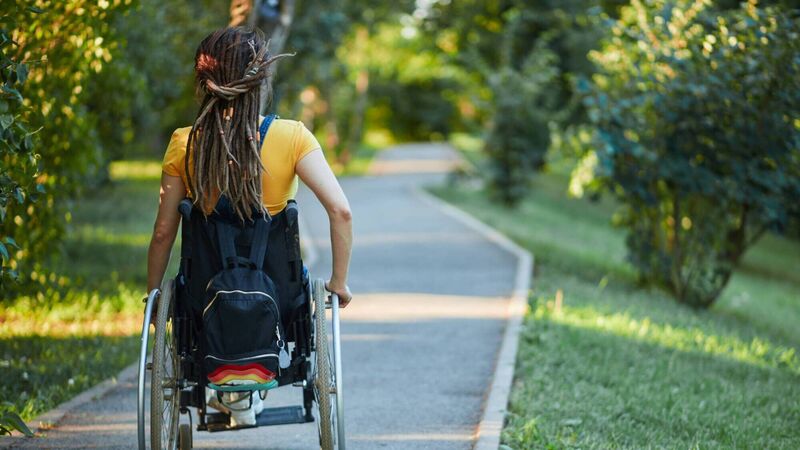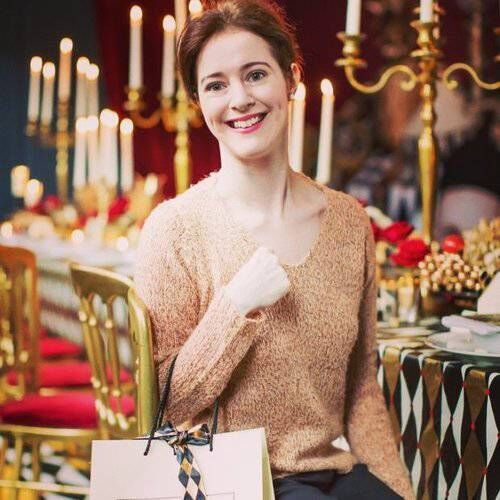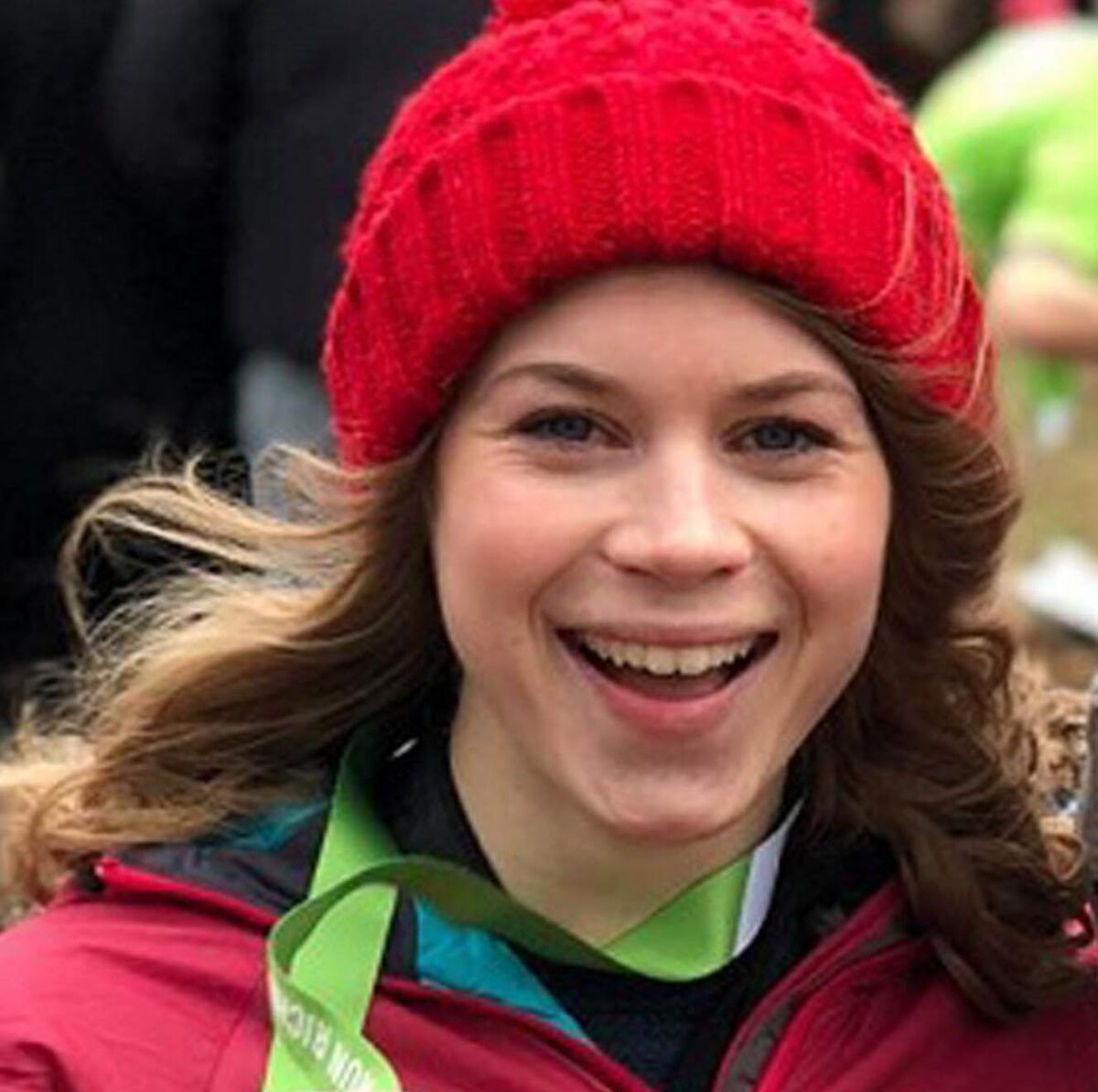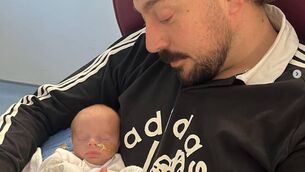Why aren’t women with disabilities included when we talk about safety and violence?

Disabled people often can’t take a different route home due to accessibility
I feel sick to my stomach when I think of Sarah Everard walking home, so close to where I live when in London. I’ve passed through Clapham Common so many times without thinking. Well, all I thought while zipping around on my walking frame – the mild CP means it’s a must when I’m outdoors – is that I hoped it would fit on the narrow paths. I hoped I wouldn’t bash into anyone or anything, or that a stone wouldn’t catch in the wheels that are already too loose. Now all that runs through my mind is the refrain, ‘She did everything right, so what chance would I have had?’
Sarah wore bright coloured clothing. Took a different route, phoned her boyfriend on the way. Presumably, she had her keys in hand. The tragedy is that she could have done nothing more to protect herself and yet her life was still taken. When we look at women, there’s a whole conversation being had around that fear, much of which is gender-constructed with the idea that women shouldn’t be out in public spaces at night or, that they are – or should be – inherently fearful of such situations – and that this is normal, when in fact, it’s not normal at all. Layer being a woman or a person with a disability on top of that and you get an entirely different conversation of what it means to feel safe or fearful – in any situation.
Because the reality is disabled people often can’t take a different route home due to accessibility. We have to look at it from almost a totally practical situation. Is the different route too far? Will my body give out halfway if I try to take it or will my arms grow too heavy if I’m in my wheelchair? We can’t just get in a cab or even on the bus home if the one space dedicated to those with disabilities is used (as it often is, and not by those who depend on it).
I’ve been refused by cab drivers who didn’t want my frame on the backseat because it’s too long for most car boots. Those with disabilities often can’t run away or shout for help and we certainly can’t usually ever carry keys or anything that might pass as an object for self-defense.

All my energy and both hands are being used, just to stay upright as it is, so if I was in an element of danger, everything women in particular are told to do to protect themselves simply wouldn’t be a runner for me. And yet, various reports say that women with disabilities are twice as likely to report being sexually assaulted. So why aren’t we included when we are talking about safety and violence against women?
The National Disability Authority (NDA)’s Director, Dr Aideen Hartney says that up-to-date data on incidents involving people with disabilities is a key issue.
“People with disabilities, regardless of gender are more at risk of violence, and abuse, though it is more pronounced for women. And that idea of up-to-date access to that data is a huge challenge in terms of our work, coming back to the idea that if it doesn't get measured, it doesn't get progressed. Even the most recent figures we have access to are not Irish-specific.”
Indeed, an NDA report I stumbled on said the same – that the under-reporting of sexual violence and all forms of abuse is an important issue, and considered to be a particular problem for people with disabilities – but those figures are almost 10 years old.
“With any kind of additional minority status, it's more and more challenging to access the data – the data sources are shrinking down and that’s often why the public debates focus on where there is access to information, so it is important to highlight the additional risk factors those with disabilities come up against.”
As to why the data remains low, Dr Hartney says it comes down to a couple of reasons.
“First of all, there's whether they wish to report the crime but it's also whether somebody reporting a crime wants to disclose that they have a disability – a lot of it's based on self-reporting, or has been to date. And then with the Gardai or any health care professional, they're trying to very understandably, minimise the kind of data capture in what is a very traumatic personal time for the person. They just want to capture the main bare minimum to allow the crime to be reported on records,” she explains.

“And sometimes, when it comes to it, people with disabilities feel they are victims of a crime, rather than victims of a disability, and therefore, they don't wish to disclose it because they don’t feel that they have a disability or that the disability was a factor in them being on the receiving end of a criminal act. Now, we do know, from our work that the gardaí are making some great strides in terms of putting in a framework to address and expand the various ways in which they capture data on reported crimes so I’m hopeful this will change over time.”
Dr. Claire Edwards, Lecturer, School of Applied Social Studies at University College Cork who helmed a more recent study: Towards Safe(r) Space: Disability and Everyday Spaces of Un/Safety in Ireland agrees that in recent years, there has been a growing international recognition of the disproportionate experience of hostility, violence and hate crime as it is experienced by people with disabilities, but says societal perceptions still have to change.
“There's so much societal perception that people with disabilities are just vulnerable, so we have to protect them from risk in certain situations, and that alone can act as a starting point which can often prevent people from going out at all,” she added.
“Again, there’s this wider societal perception about disabled people's vulnerability and how they shouldn't be out in public spaces by themselves, because they're naturally a target.
“So it’s the day-to-day conversations they need to be included in. Because when it comes to disability and violence, the gardaí, etc start thinking of it in terms of, say, a hate crime, but not really thinking about it in terms of people with disabilities generally being part of the community and community safety issues every day.
“And a lot of people we spoke to, particularly those with intellectual disabilities did say they didn't go out beyond like, five, six o'clock in the evening, they just didn’t. So, it shouldn’t be about doing something special because some might be in a minority group. We should be able to accommodate people who have all different types of bodies, minds, whatever and make them feel safe while doing so.”






